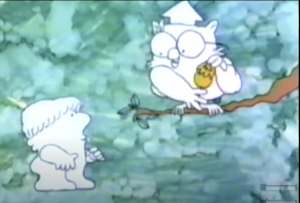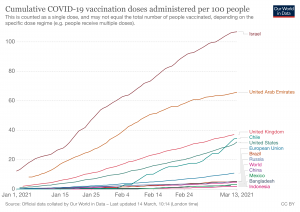I really enjoyed Dr.Bezios podcast, but there was one point she made a few times that really stuck with me that I personally relate to on so many levels; When Dr.Bezio said that the leadership major is not safe, that people outside of UR don’t understand it, that that is different from the conventional degrees that our parents tell us are safe, useful, or will help me get a job. When I declared as a leadership major, my more traditional parents, although trying to be supportive, were really concerned, especially thinking about how I would get a job and somewhat mad that they were paying thousands of dollars for me to go to college and get a “useless degree”. Anytime i’ve told anyone outside of UR what my major is in, they also respond similarly. This is something that is super frustrating to me, as why do I need to get a conventional degree to get a job? Leadership studies are something so diverse, so universal, and taught/exposed me to topics that I would have not have been exposed to otherwise, such as anything in the social sciences and even logic.
This idea of an unconventional/risky major/minor applies to me in multiple ways, as almost all my major/minors are considered “unsafe” and risky. I am a Leadership major with a triple minor in Visual Media Arts Practice (VMAP/studio art), Women Gender Sexuality Studies (WGSS), and Education and society. For WGSS, since it’s not the most well known area of study, I am told it’s useless because it won’t help me find a job. In this minor I have learned about so many social justice issues that are going to help me look at the world in an intersectional and inclusive way. Something similar is said about a degree in art; the first thing I get told when I tell people i’m studying art is “what are you going to do with that? Be a starving artist?! Your only other choice is to be an art teacher”. While An art teacher is on the list of possible jobs for me, art is not just about drawing; it’s about expressing creativity, which is honestly needed/should be desired in most jobs today. Education and Society is the only minor I do not get questioned about, and sometimes when people outside of UR ask me what my area of study is, in order to not have to explain leadership, I sometimes just say i’m studying education. Although I am learning not to care what other people say about leadership studies and tell the truth, it’s interesting to see education as a major more respected because it’s more “traditional” than leadership. However, I still get comments about studying education, as compared to other jobs “it doesn’t make as much money.. You will be struggling to pay bills your whole life”. I think instead of criticizing each other’s areas of study, people should try to learn from each other about what others are studying and try to look from multiple perspectives and see why any degree provides you useful tools and strategies in order to become successful.


